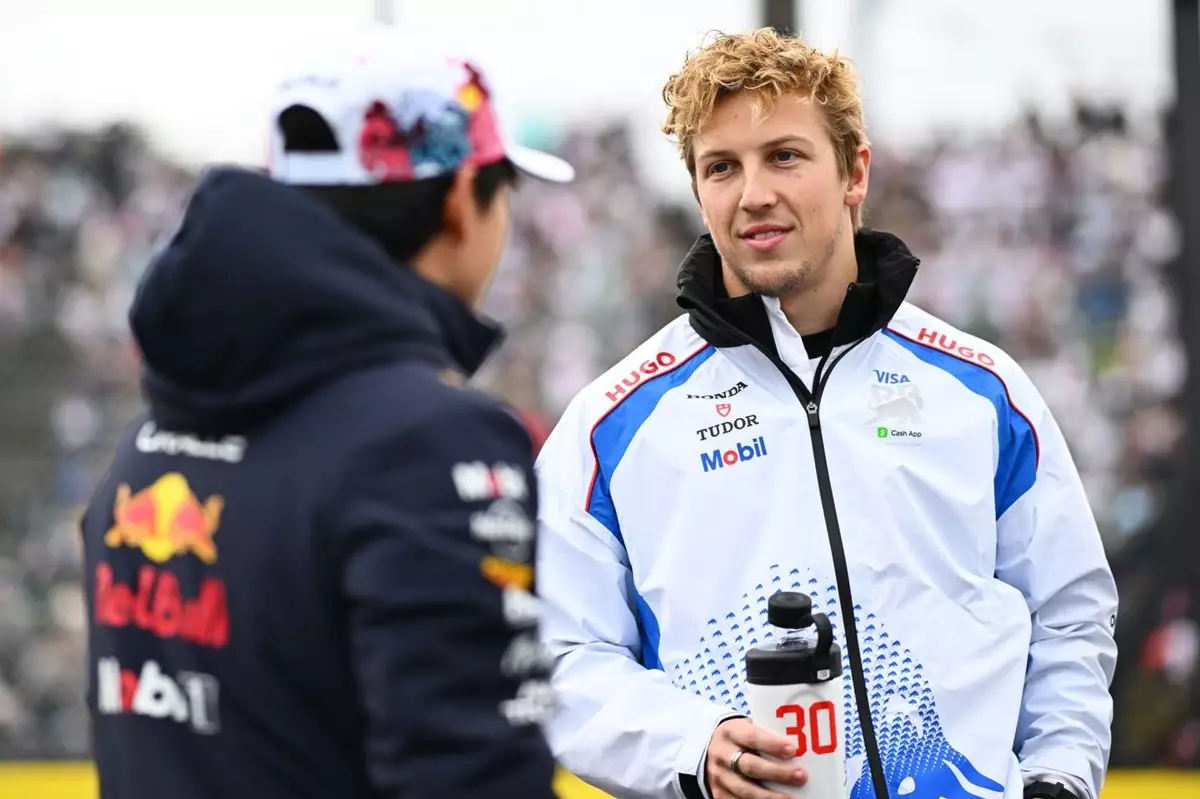The world of Formula 1 is an exhilarating blend of precision engineering, unyielding competition, and tireless human resilience. At the center of this cauldron lies the Red Bull Racing team, notably under scrutiny for how its drivers have fared in extracting performance from the RB21 car. This analysis dives deep into the experiences of Liam Lawson and Yuki Tsunoda, revealing not just their performance metrics but the underlying psychological and developmental challenges that define their journeys in the sport.
The RB21 presents a conundrum for its pilots. This car, while undeniably capable, has shown its optimum performance exists within a confined spectrum—almost like a rare marbled gem hidden deep within a rock. It has become apparent that certain drivers, such as Tsunoda, have managed to harness this potential more successfully than others, like Lawson. Tsunoda’s grasp of the car’s nuances seems to flourish in environments that might have left his teammate struggling. Significant factors like pre-season testing experiences can’t be understated; his advantage in familiarity could be the difference-maker in such a high-stakes sport.
The Dynamic Duo: Successes and Struggles
When examining their competing pathways, Lawson’s recent return to the Racing Bulls has undoubtedly capitalized on lessons learned. The young Kiwi has, albeit unevenly, regained some footing, though he remains overshadowed by Isack Hadjar. This dynamic shakes the confidence of any driver, especially a newcomer trying to carve a niche in a fiercely competitive arena. Despite his demonstrated potential in earlier races, Lawson’s struggles with race pace and frequent penalties may hinder his ability to showcase his true capabilities.
Take the Saudi Arabian Grand Prix, for instance, where Hadjar’s strategy enabled him to break free from the clutches of established rivals like Fernando Alonso. Lawson spent crucial laps trapped behind the Aston Martin, only breaking free at the cost of time. His 1.4-second gap at the finish line indicates not just race strategy but perhaps a deeper struggle in mindset—a challenge to overcome unshakeable pressure. Yet, the silver lining is evident: his performance is improving incrementally. Each race presents Lawson with the chance to refine his skills, develop racecraft, and confront his distractions—primarily that pesky inclination towards accumulating time penalties.
The Unwritten Challenge of Self-Reflection
However, self-awareness can be a double-edged sword in racing, and Lawson must tap into that formidable introspection to thrive. Despite his assertions of unscathed confidence post-demotion, it is critical for him to recognize the psychological maze he navigates. Acknowledging setbacks isn’t a sign of weakness; it’s akin to a meditation ritual that fosters growth and toughness. As every seasoned driver can attest, F1 is less a solitary race than a continuous series of challenges demanding introspection and relentless adaptation.
Moreover, Lawson’s quest for redemption isn’t solely about individual glory but rather about securing a promising future in the sport—a pursuit that can effectually define his career trajectory. If he can pivot from reactive to proactive, positioning himself for potential points finishes, he may indeed break through the glass ceiling that currently confines him to the shadowy spots of the pack.
The Rising Tide: Tsunoda’s Ascendancy
On the other hand, Tsunoda emerges as the narrative’s rising figure—myriad analyses have suggested he embodies the qualities necessary to unlock the RB21’s latent performance. While he’s currently at a pivotal junction of learning and application, the onus is on him to harness these insights effectively. For a driver with his pedigree, consistently breaking into Q3 positions is only the precursor to the greater feats that await beyond.
The psychological burden of expectation looms heavy. Although he possesses the talent to extract faster lap times, the real challenge is marrying that potential with strategic race execution. Tsunoda’s patience will be largely tested—a quality that often reveals itself through a driver’s maturity in high-pressure situations. Realizing this balance could mark the difference between being perceived as a competent driver and being heralded as a future champion.
The Twists of Fate in F1
It’s a captivating saga—a dance of youth, ambition, and the ever-demanding nature of high-speed motorsport. As Lawson shakes off his early-season rust and Tsunoda strives to unbolt the ultimate potential from the RB21, both drivers are caught in a compelling narrative, one that is destined to forge their identity in Formula 1. In a sport fraught with unpredictability, their journeys underscore a universal truth: the trajectory of success may be riddled with challenges, yet resilient spirits combined with tactical acumen could undoubtedly pave the way to greatness.

